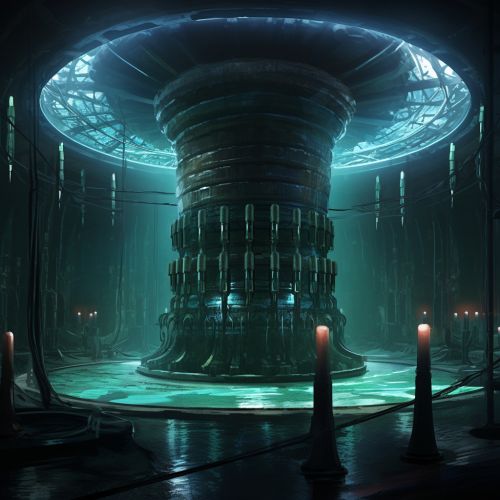Advances in Neutrino Astronomy
Introduction
Neutrino astronomy is a branch of astronomy that utilizes neutrinos, subatomic particles produced by nuclear reactions in stars, to understand the universe. Unlike light or radio waves, neutrinos can pass through matter without being absorbed or deflected, making them ideal for studying celestial objects and events that are otherwise difficult to observe.
Neutrino Detection
Neutrinos are detected using large underground detectors such as the Super-Kamiokande in Japan or the IceCube Neutrino Observatory in Antarctica. These detectors are filled with a medium, like water or ice, and lined with photomultiplier tubes. When a neutrino interacts with the medium, it produces a charged particle that moves faster than the speed of light in that medium. This results in the emission of Cherenkov radiation, which is detected by the photomultiplier tubes.

Neutrino Sources
Neutrinos are produced in a variety of astronomical events. The most prolific source of neutrinos is the Sun, which produces neutrinos through nuclear fusion. Other sources include supernovae, which produce a burst of neutrinos during the explosion, and active galactic nuclei, which are thought to produce high-energy neutrinos.
Neutrino Oscillation
One of the key discoveries in neutrino astronomy is neutrino oscillation, the phenomenon where a neutrino changes its type, or "flavor", as it travels. This discovery, which was awarded the Nobel Prize in Physics in 2015, provided evidence for the existence of neutrino mass and has significant implications for our understanding of the universe.
Neutrino Astronomy and Cosmology
Neutrino astronomy has important applications in cosmology. For example, the detection of neutrinos from the early universe could provide information about the Big Bang and the evolution of the universe. Additionally, the study of neutrino oscillation could shed light on the matter-antimatter asymmetry in the universe.
Future of Neutrino Astronomy
With the advancement of neutrino detectors and the discovery of high-energy neutrinos, the future of neutrino astronomy looks promising. Future projects, such as the proposed Hyper-Kamiokande in Japan and the Deep Underground Neutrino Experiment in the United States, aim to detect neutrinos from distant astronomical events and study their properties in greater detail.
